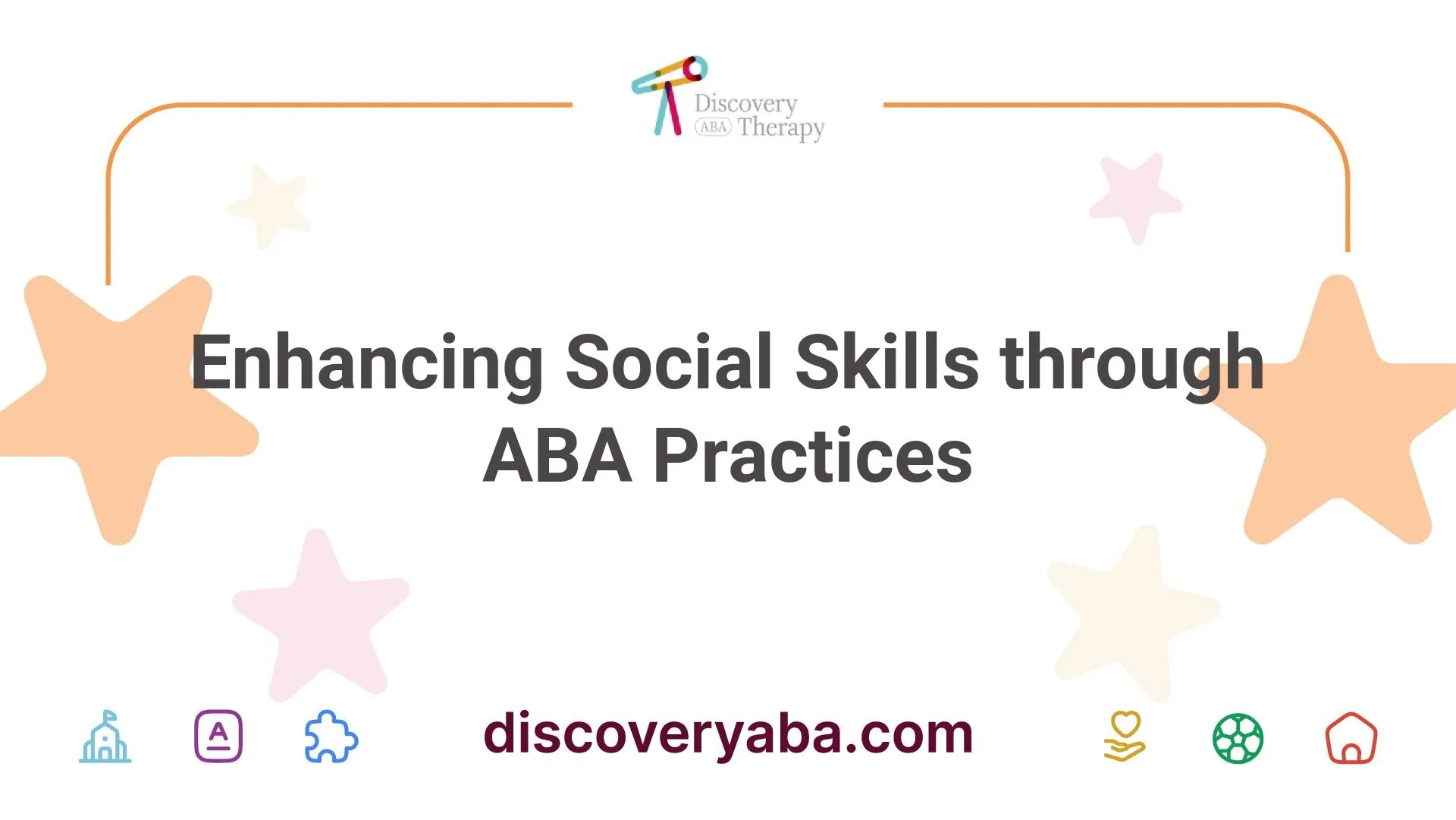Finding Qualified ABA Therapist
Discover tips for finding qualified ABA therapists to support your child's journey in autism therapy.

Finding Qualified ABA Therapists
Overview of ABA Therapy
Applied Behavior Analysis (ABA) therapy is a highly effective approach for treating autism and other developmental disabilities. ABA therapists work one-on-one with children using principles of ABA to teach independent daily living skills, improve communication, and decrease unwanted behaviors through reinforcement techniques [1]. The method involves breaking down complex behaviors into smaller, manageable tasks, allowing for consistent teaching and reinforcement, which helps children acquire essential skills and reduce behaviors that may hinder their development.
ABA therapy is tailored to each child’s unique needs, making it adaptable for various age groups, including non-verbal children and adolescents. For more information on specific techniques within ABA, interested readers can explore our article on how to implement aba therapy at home.
Importance of ABA Therapists
Finding qualified ABA therapists is critical for the success of ABA therapy. A qualified therapist has the expertise to effectively implement ABA techniques that can contribute significantly to the child's progress. The demands of the profession require that these therapists be board-certified, a designation that ensures they meet national standards of practice set by the Behavior Analyst Certification Board (BACB) [2].
A qualified ABA therapist offers attributes that are essential for effective therapy. These include understanding behavioral principles, strong observation skills, and the ability to collect and analyze data to track progress. Additionally, they must demonstrate empathy and effective communication to build trusting relationships with children and their families.
To help parents and caregivers find qualified ABA therapists, directories such as Psychology Today provide detailed listings of mental health professionals specializing in ABA therapy. It is essential to check credentials and ensure that the therapist possesses the necessary qualifications to deliver comprehensive and effective ABA therapy.
By working with qualified professionals, families can navigate the complexities associated with autism therapy, making strides in behavior modification and skills development. For insights into successful outcomes, consider reading our collection of aba therapy success stories.
Qualities of ABA Therapists
Finding qualified ABA therapists requires understanding the essential qualities that make them effective in working with children on the autism spectrum. The skills and attributes outlined below are critical for their success in providing meaningful therapy.
Working with Autistic Children
A successful ABA therapist enjoys working with children with autism spectrum disorder (ASD). They must be genuinely invested in the progress of their clients, fostering a positive and engaging environment. Building a rapport with children is crucial, as it helps establish trust and encourages them to participate actively in therapy sessions.
The following table summarizes key qualities related to working with autistic children:
| Quality | Description |
|---|---|
| Enjoyment | Therapists need to enjoy spending time with children to effectively engage them. |
| Patience | Patience is necessary when working through challenges unique to each child. |
| Adaptability | Therapists must be flexible to adjust their techniques based on the child's needs. |
Implementing ABA Techniques
Effective implementation of ABA techniques is a hallmark of a qualified therapist. They must have a sound understanding of applied behavior analysis principles and be skilled at applying these concepts in practical settings. Therapists work one-on-one with children, focusing on individual goals and using data-driven methods to track progress.
Here are some essential skills necessary for implementing ABA techniques:
| Skill | Description |
|---|---|
| Data collection | Therapists track data meticulously to measure the effectiveness of strategies. |
| Goal-setting | Establishing clear and achievable objectives for each child is vital. |
| Evaluation | Regular assessments of progress guide future interventions. |
Empathy and Understanding
Empathy is a critical quality for ABA therapists. They must take the time to understand the feelings and behaviors of children with ASD. This not only helps in making the children feel understood but also enables therapists to provide adequate support [1].
Having compassion fosters a safe learning environment, which is particularly important for individuals facing challenges such as communication and social interaction [3].
The following lists the necessary empathetic qualities that an ABA therapist should possess:
| Empathetic Quality | Importance |
|---|---|
| Compassion | Builds trust and connection with clients. |
| Understanding | Helps in interpreting the child's behaviors accurately. |
| Supportive | Aids in developing a sense of security during sessions. |
Effective communication skills are also pivotal, as individuals with ASD often struggle in this area. Therapists must adapt their communication style to meet the specific needs of their clients. This might include simplifying language, using visual supports, and incorporating non-verbal communication strategies.
Understanding these qualities will aid parents and caregivers in finding qualified ABA therapists. Selecting a therapist with these essential traits can significantly impact the effectiveness of therapy for children with autism.
How to Find ABA Therapists
Finding qualified ABA therapists is essential for providing effective support in autism therapy. There are various resources available that can help parents and caregivers locate certified professionals.
Online Directories
One of the most reliable ways to find ABA therapists is through online directories. Websites such as Psychology Today offer detailed listings of mental health professionals, including those specializing in Applied Behavioral Analysis (ABA) therapy. These platforms typically allow users to filter by location, specialties, and other criteria, making it easier to find the right therapist.
| Directory | Features |
|---|---|
| Psychology Today | Comprehensive listings, reviews, filters for specific needs |
| Care.com | Profiles of therapists, ratings, and average rates |
Care.com Listings
Another valuable resource is Care.com, where parents can find over 2,143 ABA therapists as of September 2024. This platform not only provides a variety of listings but also includes important details like average treatment rates and user reviews. The average rate for ABA therapists listed on Care.com is approximately $20 per hour, and they have been rated 4.7 out of 5 stars based on 1,084 reviews [4].
| Therapist Name | Rate (per hour) | Experience |
|---|---|---|
| Delaney F. | $10 - $15 | 2 years |
For more information on how to effectively utilize these resources, caregivers can explore our article on how to implement ABA therapy at home or check out ABA therapy success stories for inspiration and guidance.
Becoming a Board Certified Behavior Analyst (BCBA)
To ensure quality in the delivery of ABA therapy, individuals seeking to become Board Certified Behavior Analysts (BCBAs) must adhere to specific certification requirements set forth by the Behavior Analyst Certification Board (BACB).
Certification Requirements
Becoming a BCBA requires several critical steps:
- Educational Background: Candidates must obtain a graduate degree in applied behavioral analysis, education, or psychology from an accredited university.
- Supervised Experience: Individuals must complete supervised practice involving direct experience in applied behavior analysis.
- Examination: Candidates must successfully pass the BCBA certification examination, which tests their knowledge and competency in the field.
To maintain BCBA certification, individuals are required to engage in ongoing continuing education, comply with the BCBA code of ethics, meet self-reporting requirements, and renew their certification every two years by completing required activities.
| Requirement | Details |
|---|---|
| Educational Background | Graduate degree in relevant fields |
| Supervised Experience | Involves direct experience in ABA |
| Examination | Must pass the BCBA certification examination |
| Continuing Education | Ongoing education required for certification renewal |
Paths to Certification
While the traditional route to becoming a BCBA involves obtaining a relevant graduate degree, there are alternative paths available:
- Faculty Experience: An individual can qualify by having an acceptable graduate degree along with a minimum of three years of full-time faculty experience teaching and researching behavioral analysis.
- Post-Doctoral Experience: Alternatively, candidates may have at least ten years of post-doctoral experience in the field of behavior analysis.
These paths ensure that the BCBA certification encompasses a blend of education, experience, and ongoing professional development. By understanding these pathways, parents and caregivers can make informed decisions when searching for qualified ABA therapists and ensure quality care for individuals with autism. For strategies on implementing ABA therapy at home, consider exploring our guide on how to implement aba therapy at home.
Skills for ABA Therapists
The effectiveness of ABA therapy largely depends on the skills of the therapist. For parents and caregivers looking into finding qualified ABA therapists, understanding these essential skills can guide their search.
Empathy and Compassion
A significant skill for ABA therapists is having empathy and compassion. These traits are essential for connecting with clients, building trust, and creating a safe learning environment, especially for individuals facing challenges related to communication and social interaction [3]. A great ABA therapist takes the time to understand the feelings and behaviors of an autistic child. This understanding helps the therapist provide adequate support and fosters a nurturing atmosphere [1].
Patience and Persistence
Patience is fundamental for ABA therapists. Individuals with autism spectrum disorder (ASD) may exhibit repetitive behaviors and struggle to grasp new concepts quickly. Therapists need to persistently and patiently address such challenges, recognizing that interventions can often take months or years for individuals to achieve independence [3]. A skilled therapist understands the need for ongoing support and is dedicated to their clients’ long-term progress, remaining steadfast even in the face of obstacles.
Effective Communication
Excellent communication skills are vital for ABA therapists. They must be able to explain concepts in a clear manner that others can understand. This includes presenting various therapeutic solutions in easy, non-scientific terms. Effective communication becomes even more crucial as individuals with ASD often struggle with verbal skills. Therapists must adapt their communication style to meet the specific needs of their clients, utilizing techniques like simplifying language, using visual supports, and incorporating non-verbal communication.
For parents and caregivers, identifying these skills in ABA therapists can enhance the quality of therapy experienced by their children. With the right skills, therapists can create a supportive environment conducive to learning and growth. For further guidance on ABA therapy, refer to our resources on how to implement ABA therapy at home or ABA therapy success stories.
Success Factors in ABA Therapy
The effectiveness of ABA therapy is influenced by several key factors that determine the success of interventions for individuals with autism. These include careful observation and data collection, flexibility in approaches, and the ability to tailor interventions to meet individual needs.
Observation and Data Collection
Observation and data collection are critical components of ABA therapy. ABA therapists rely on systematic methods to track the progress of their clients. By meticulously observing behavior and collecting data, therapists can make informed decisions regarding interventions and strategies that address the unique needs of each individual with autism [3].
Data collection allows therapists to measure the effectiveness of their approaches over time. This information can be used to adjust goals and therapy plans, ensuring that the interventions employed are yielding positive results. Detailed records help in identifying patterns in behavior, which can guide future strategies and interventions.
| Data Collection Method | Description |
|---|---|
| Direct Observation | Monitoring the individual's behavior in real-time during therapy sessions. |
| ABC Data | Recording the Antecedent (what happens before), Behavior (the action), and Consequence (what happens after) to understand triggers and responses. |
| Progress Tracking Tools | Utilizing charts and graphs to visualize progress over time. |
Flexibility in Approaches
Flexibility is essential for ABA therapists because individuals with autism demonstrate a wide range of behaviors and challenges. A significant skill for ABA therapists is the ability to adapt their strategies and interventions according to the changing needs of their clients. By being open to adjustment and change, therapists ensure that therapy remains effective and responsive.
For example, if a particular technique is not producing the desired outcome, the therapist must be willing to recalibrate and try a different approach. This adaptability not only enhances the effectiveness of therapy but also builds trust and rapport with clients as they see responsive care.
Tailoring Interventions
Tailoring interventions to meet the specific needs and preferences of individuals with autism is a fundamental aspect of successful ABA therapy. Each individual is unique, and their therapy should be personalized to align with their strengths, interests, and challenges.
Therapists often incorporate techniques that resonate best with their clients. This may include modifying communication styles, integrating visual supports, or introducing activities that engage the individual's interests. For those interested in learning how to implement such techniques at home, useful resources are available through our guide on how to implement aba therapy at home.
Customizing interventions not only leads to more measurable progress but also increases motivation in clients, making the therapy experience more enjoyable and beneficial. Factors such as age, communication ability, and specific behavioral concerns guide the personalization process.
In exploring ABA therapy through observation, flexibility, and tailored interventions, parents and caregivers can better understand how to support their loved ones effectively. For more insights on the benefits of ABA therapy in different scenarios, consider reading our articles on aba therapy for social skills development and aba therapy for non-verbal children.
References
Does Your Child Have An Autism Diagnosis?
Learn More About How ABA Therapy Can Help
Find More Articles
Contact us
North Carolina, Tennessee, Nevada, New Jersey, Utah, Virginia
New Hampshire, Maine
Massachusetts, Indiana, Arizona, Georgia
.avif)


.jpeg)



.jpeg)
.jpeg)




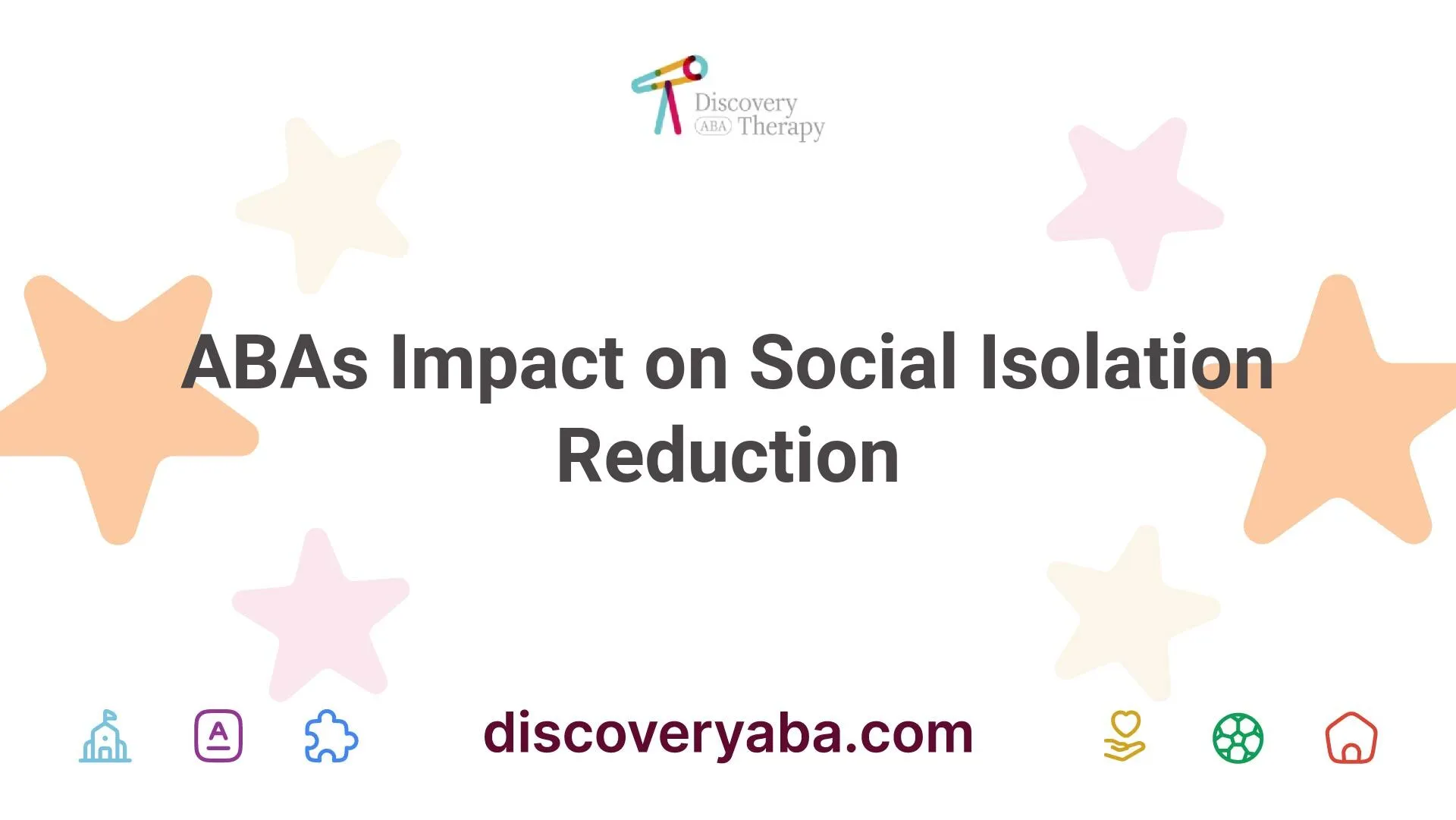
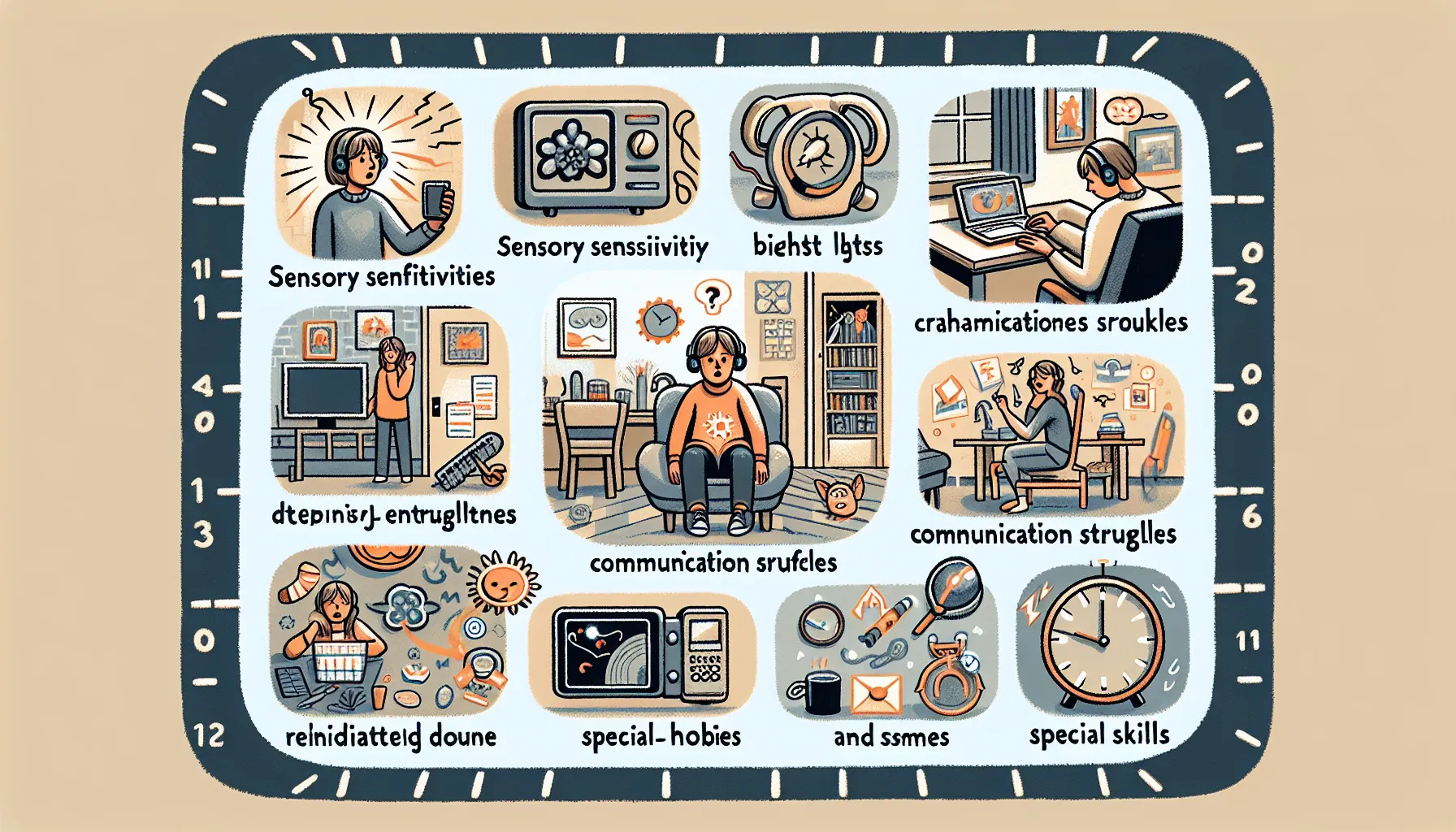

























.jpeg)





.jpeg)











.jpeg)




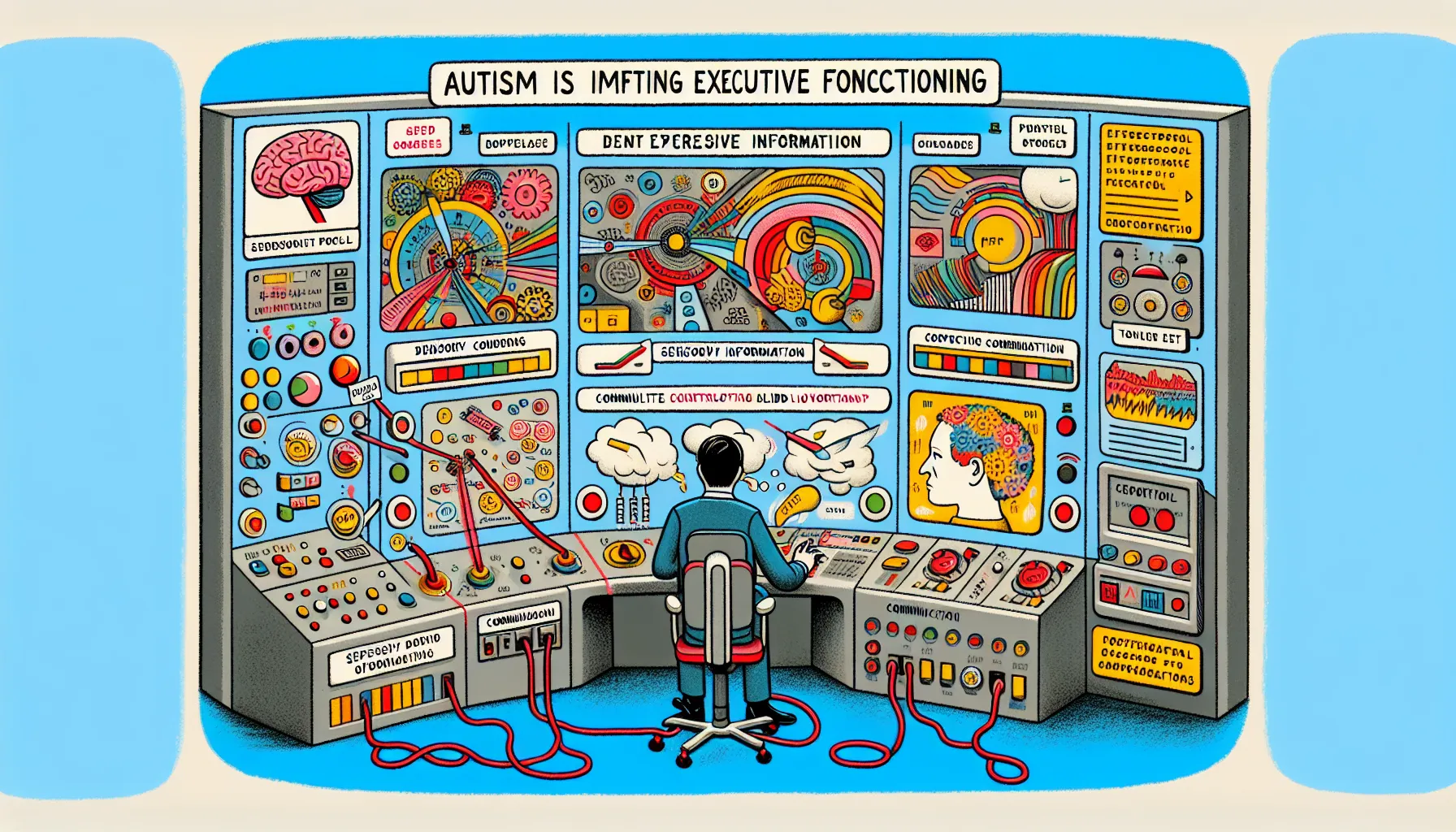


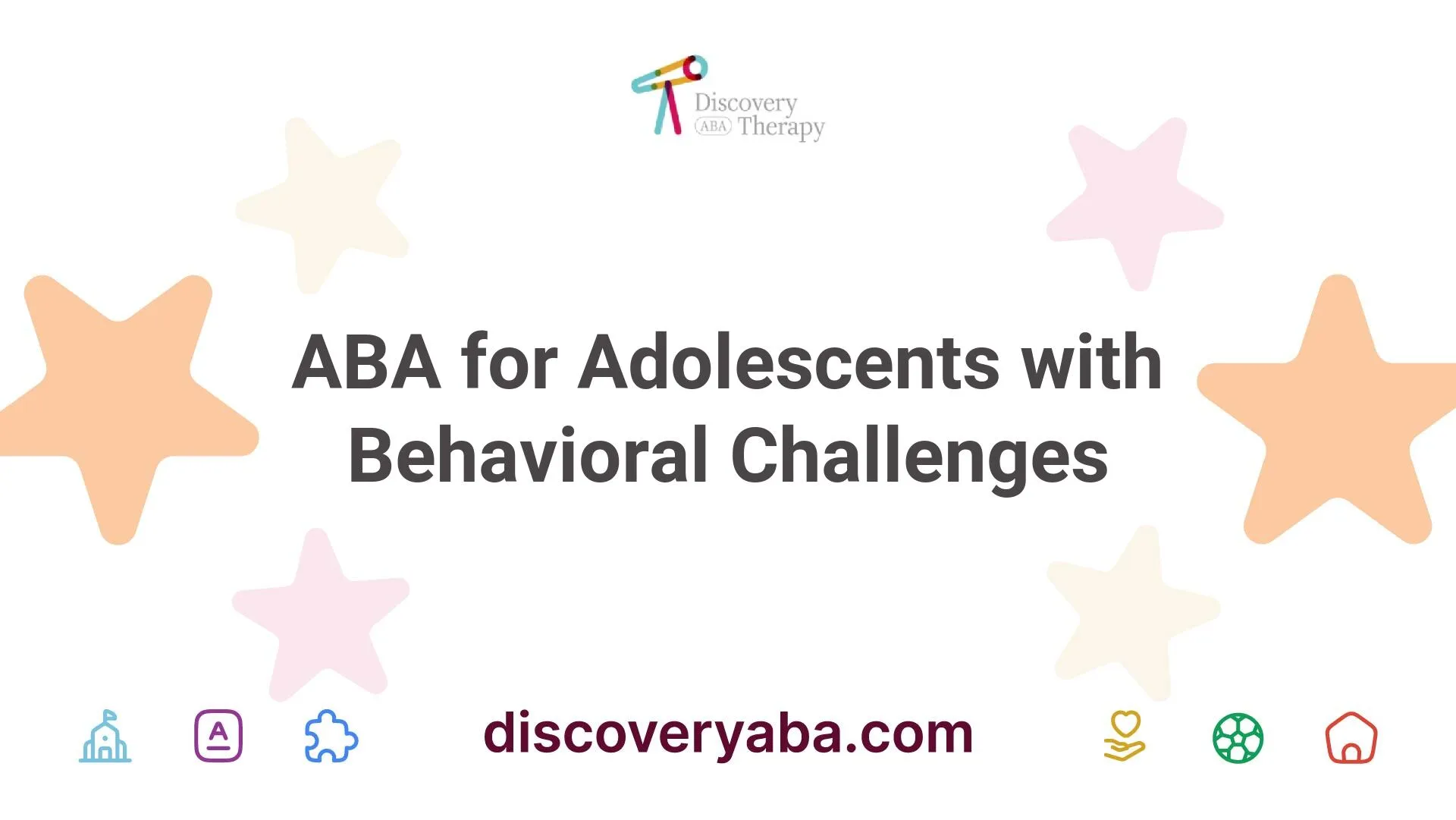




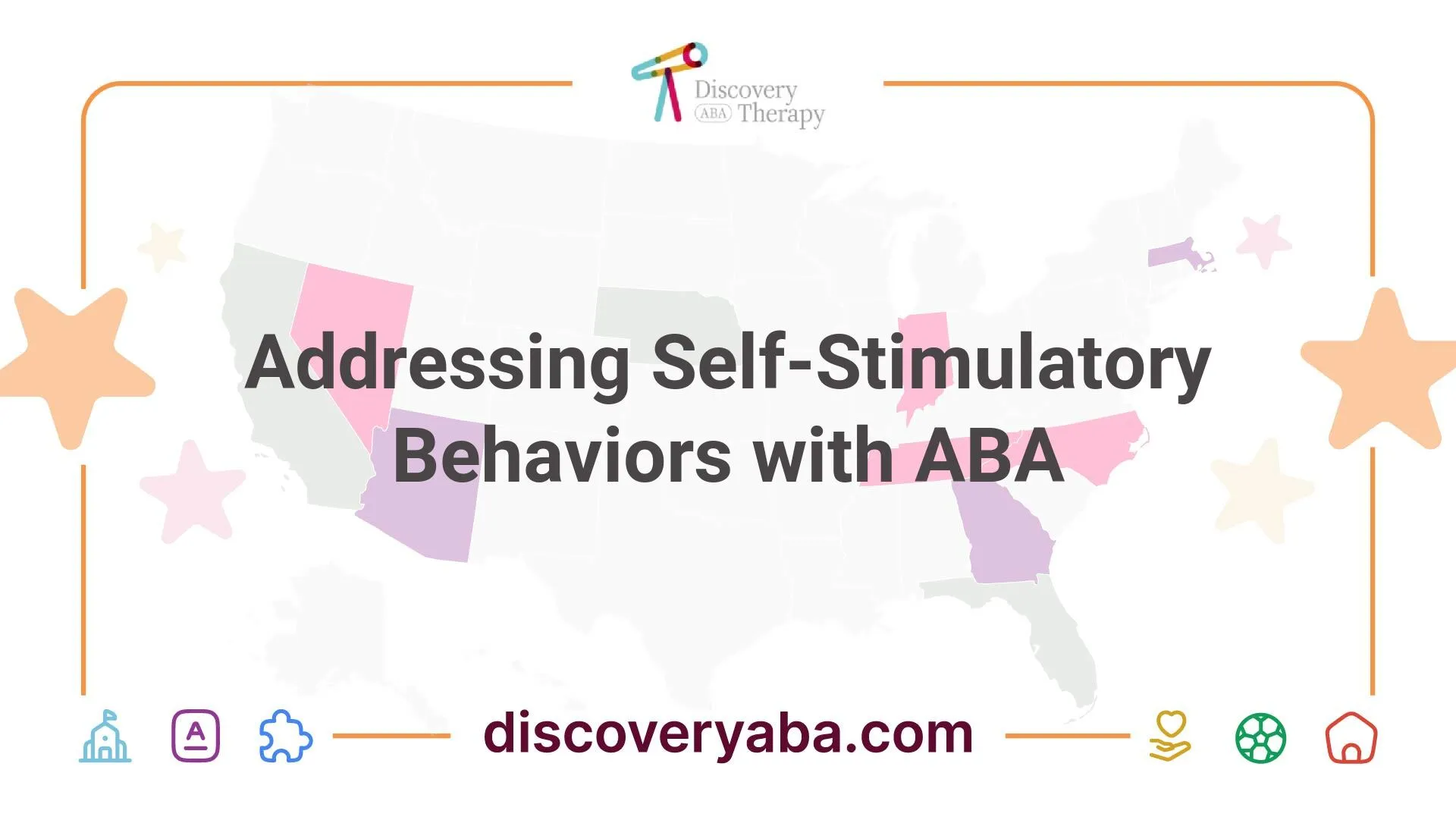


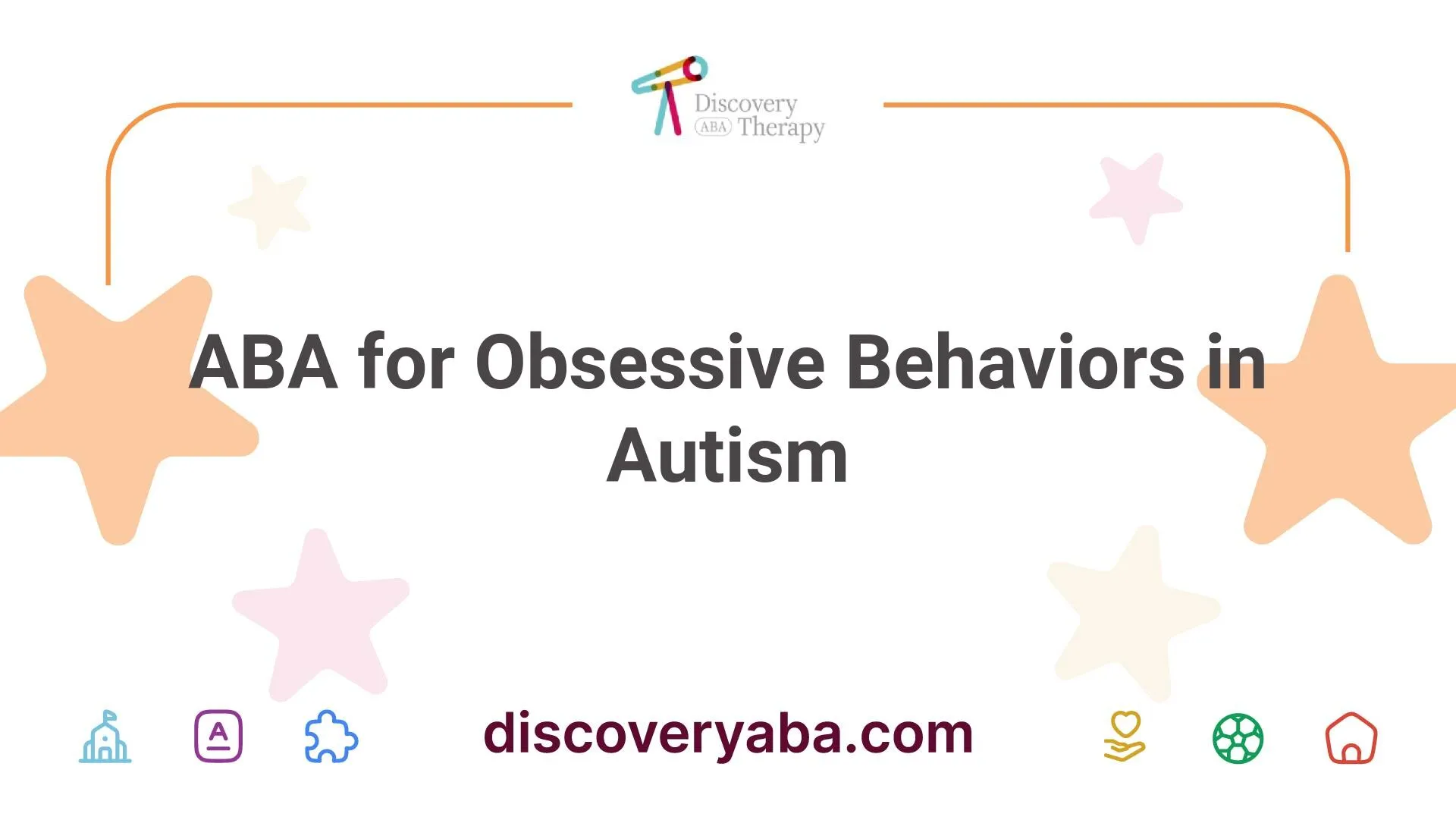


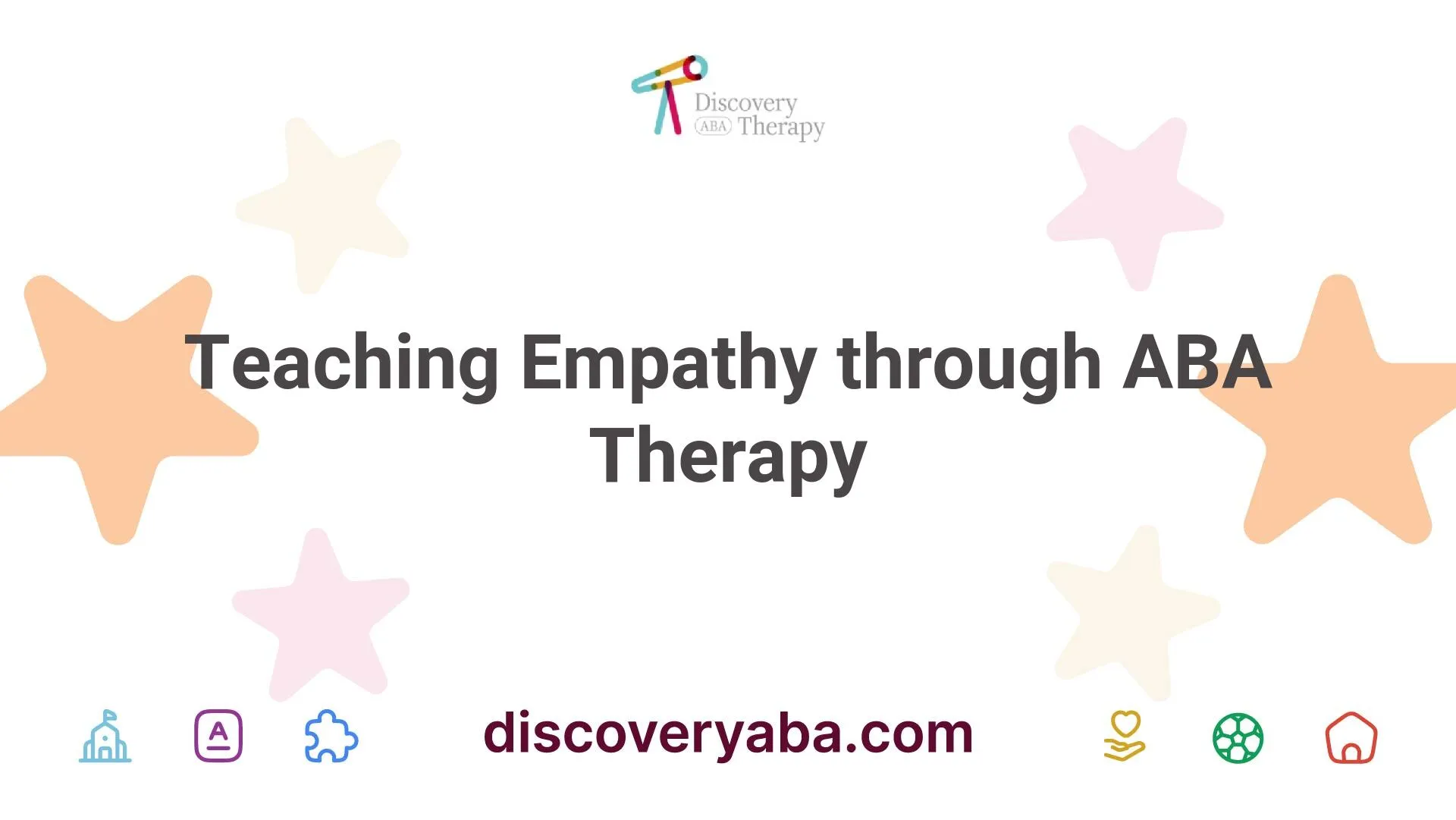
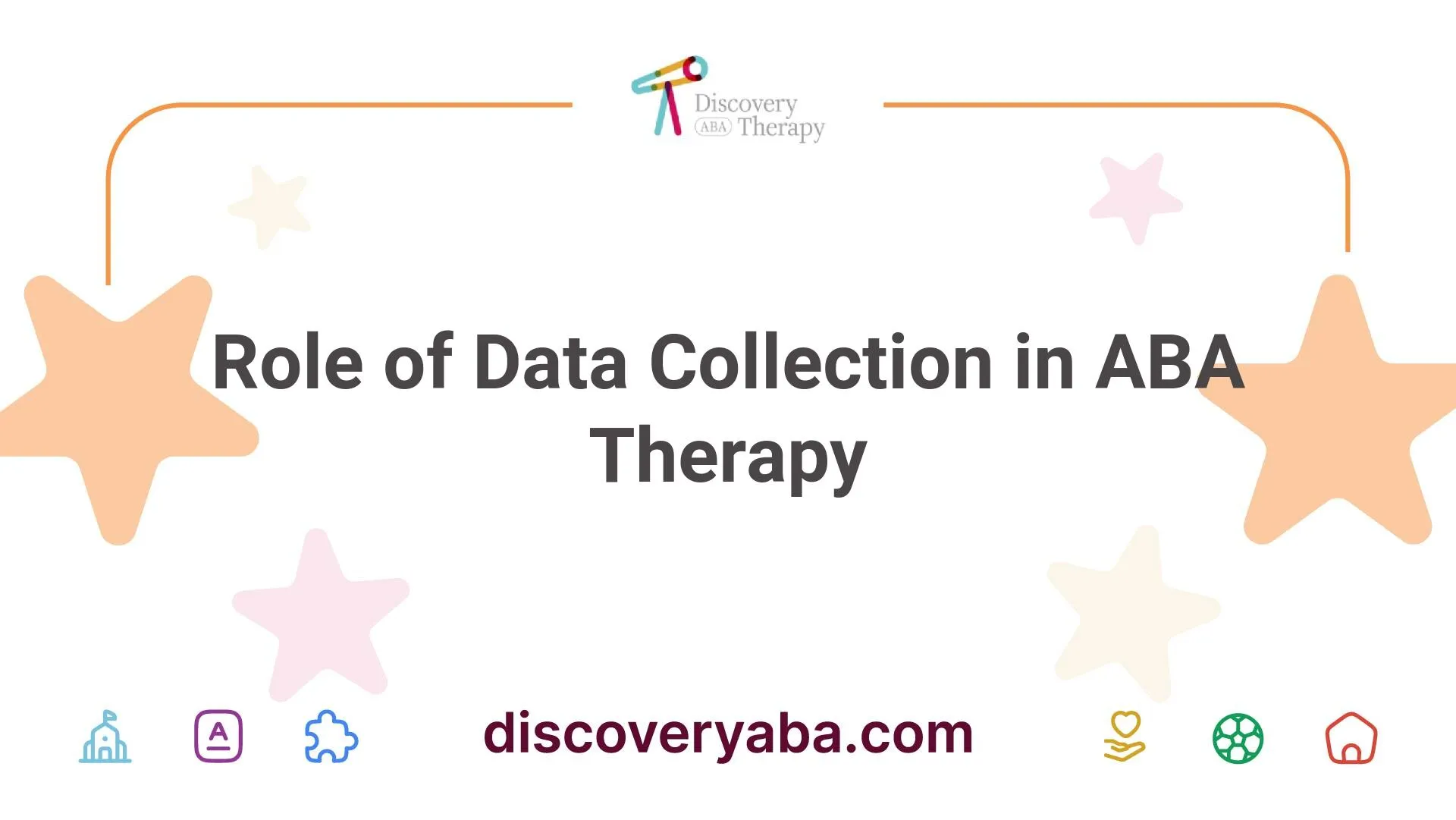
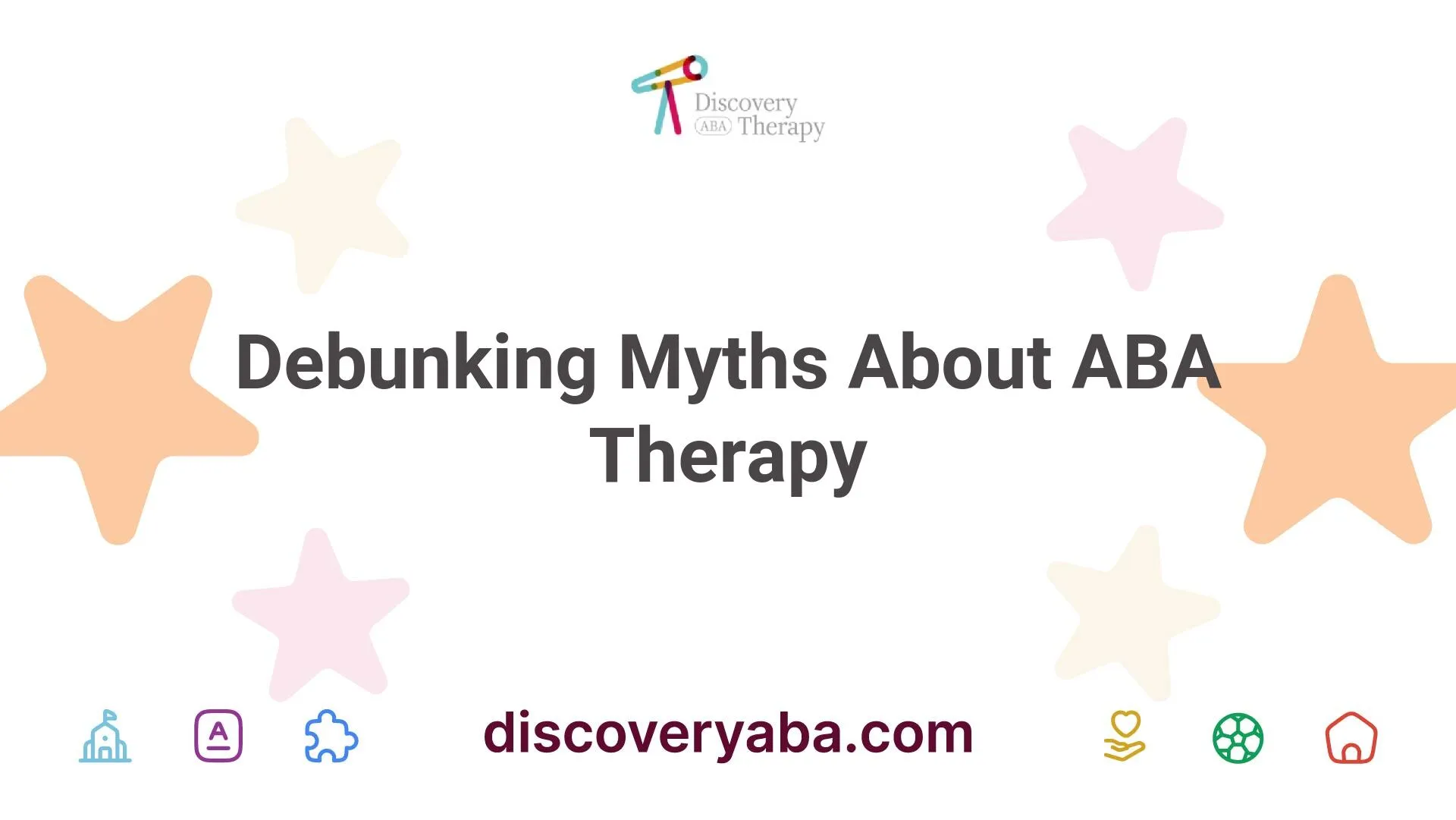
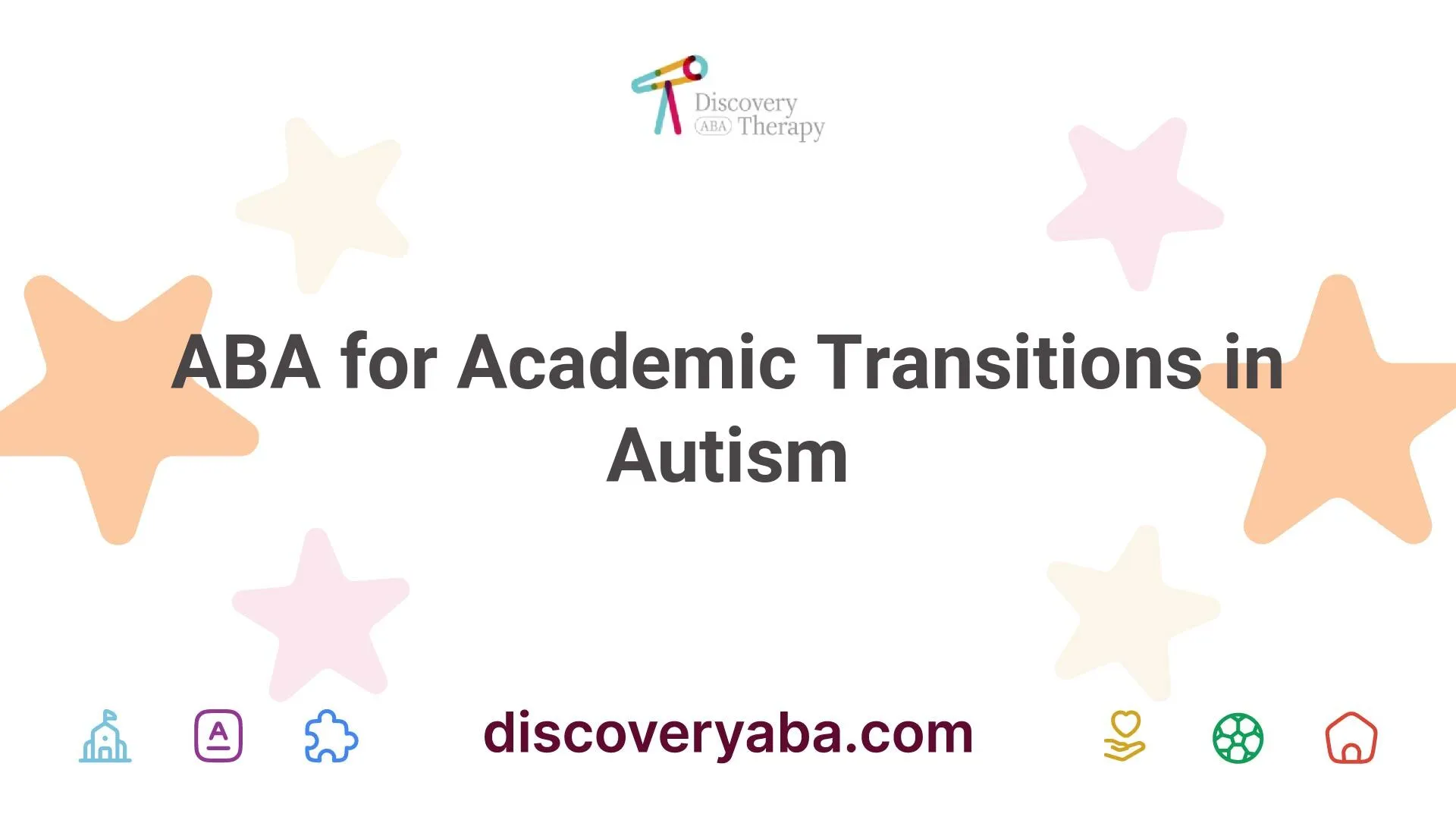
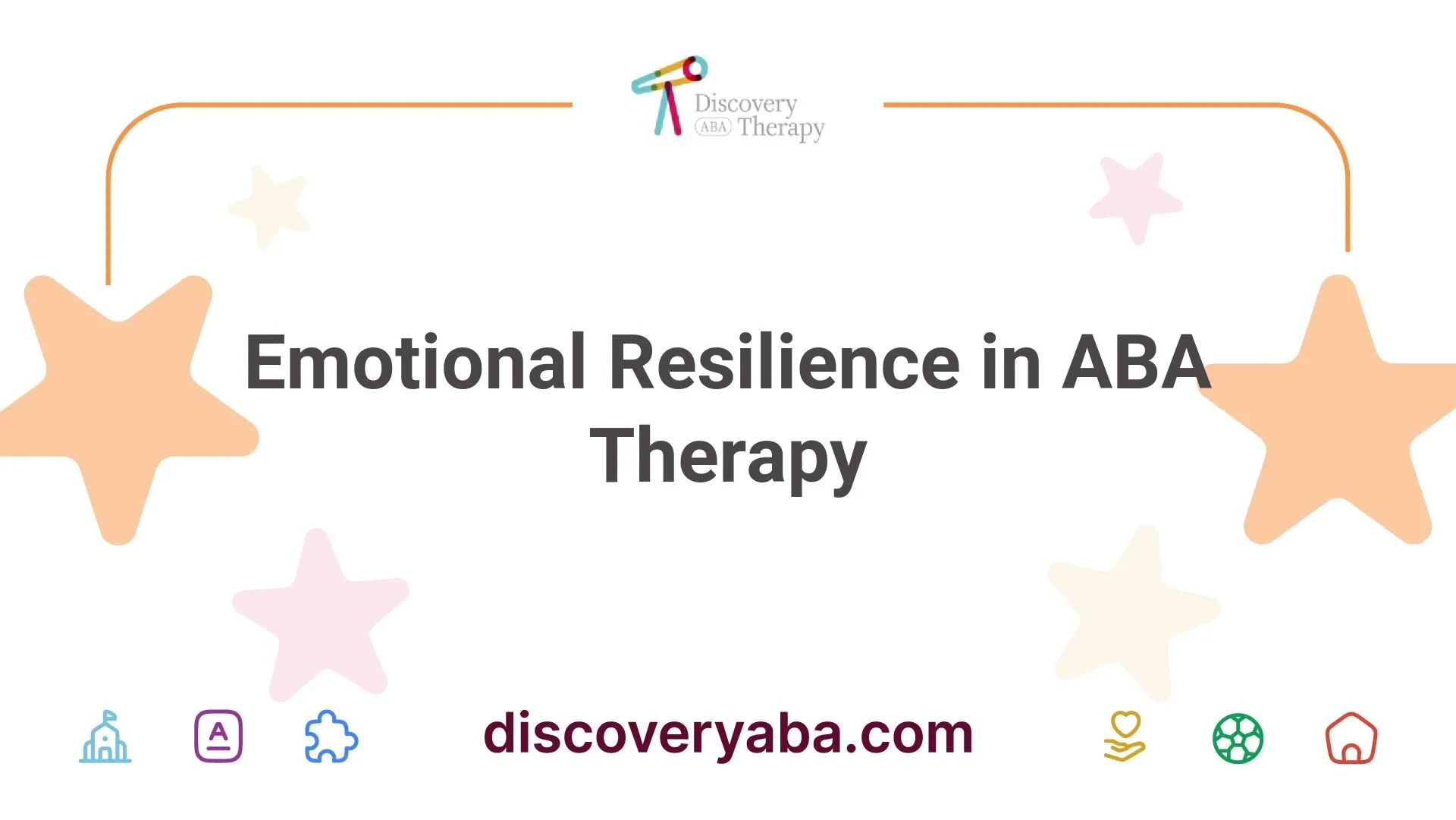

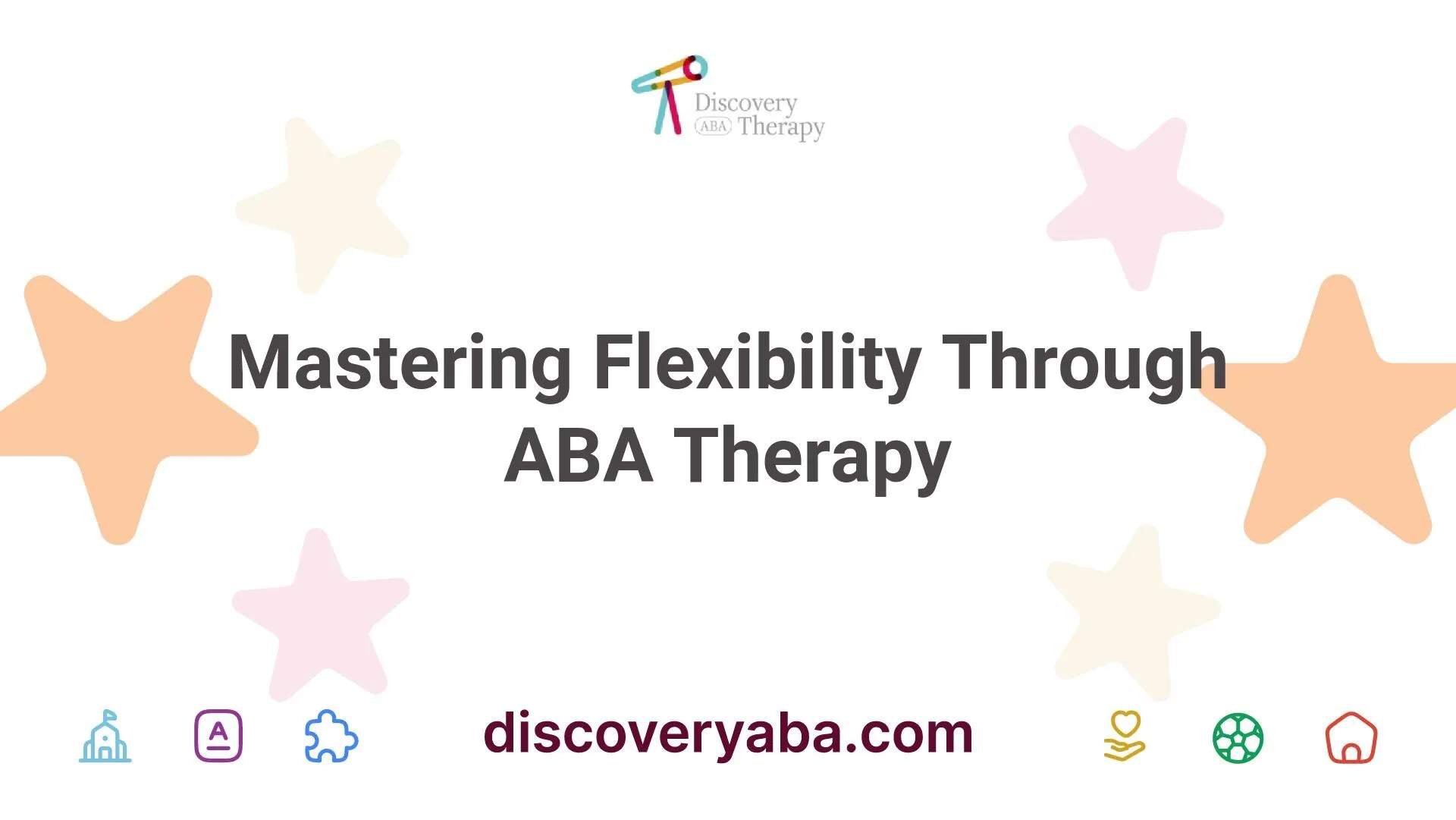

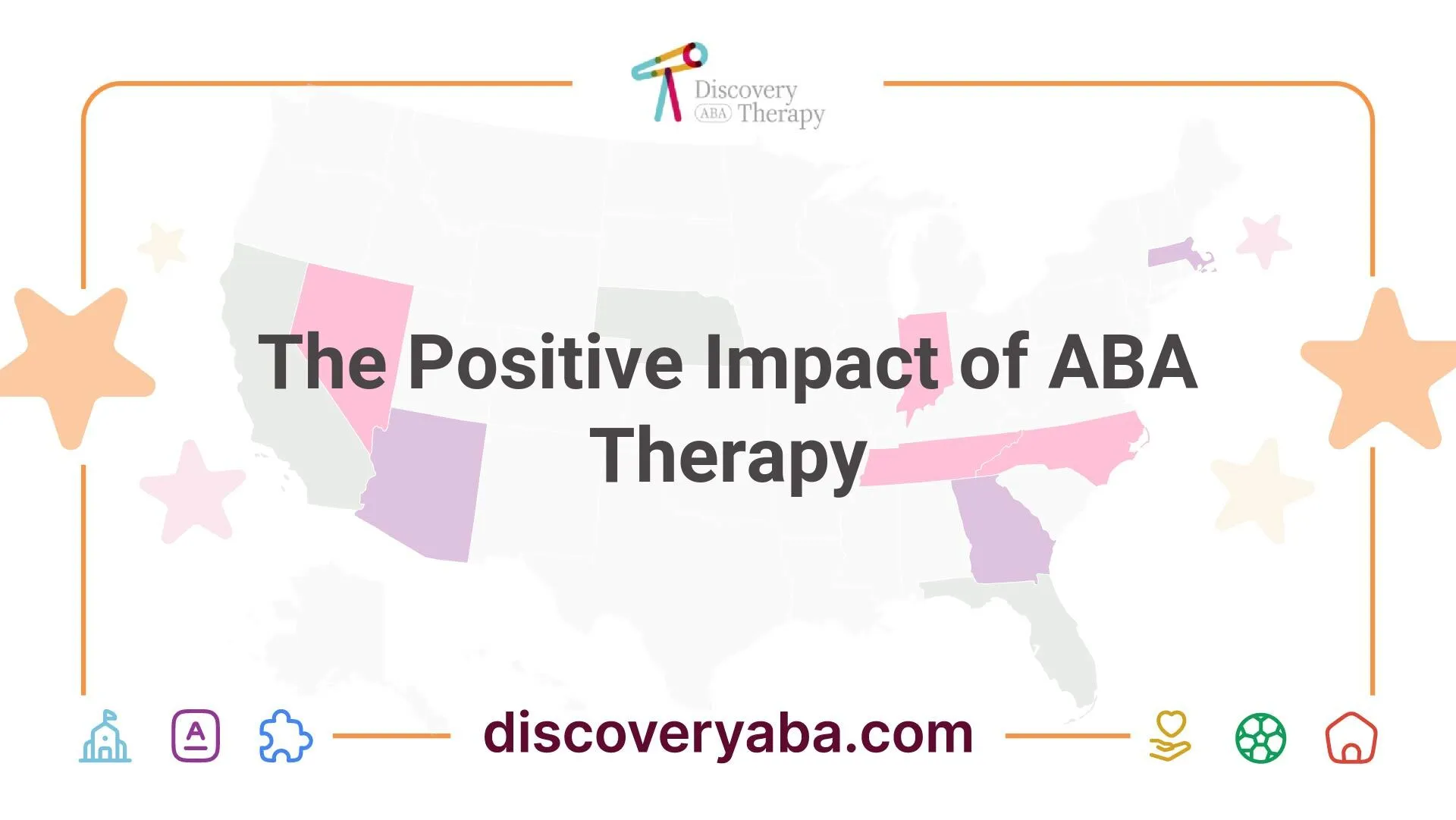







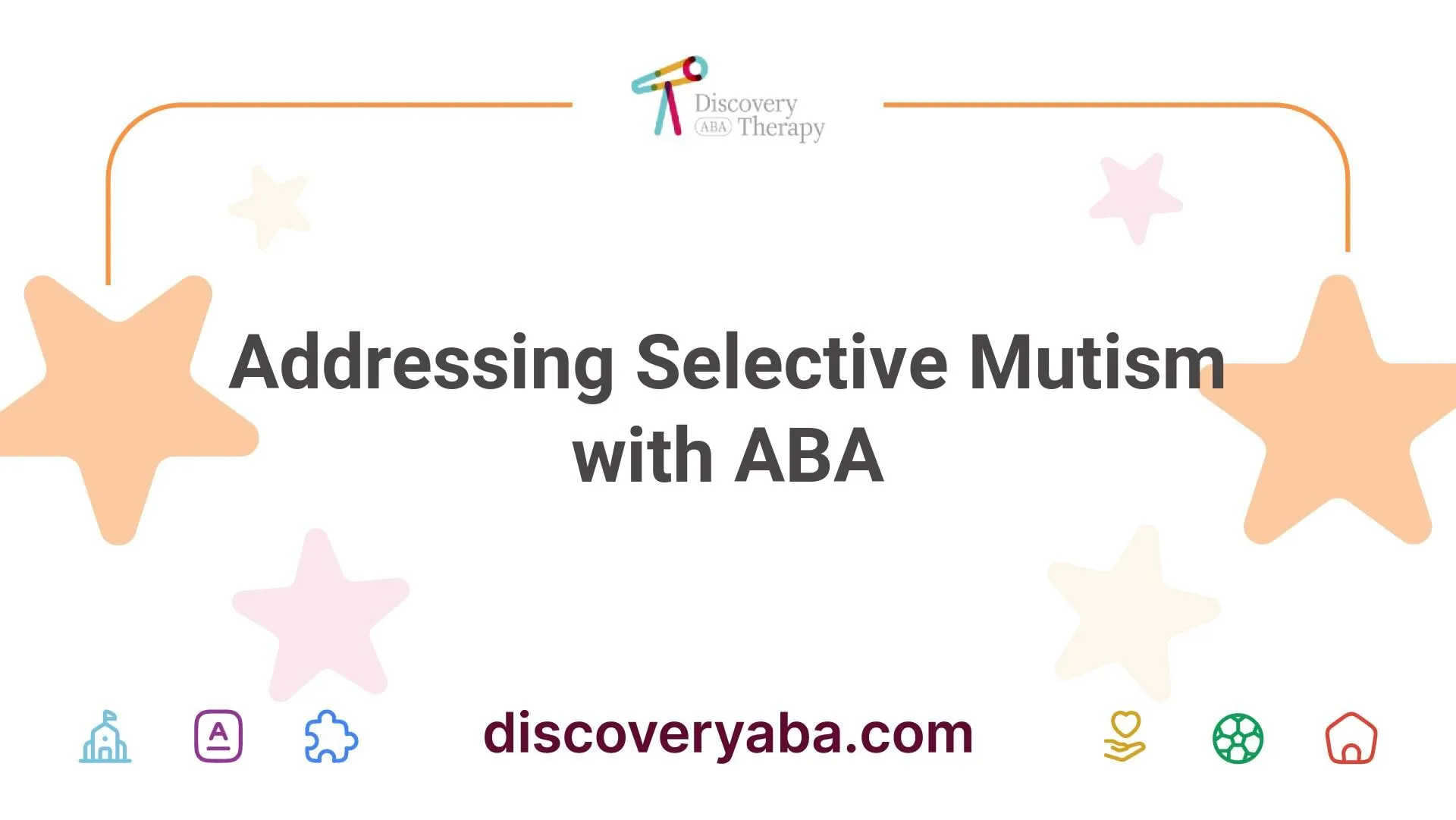

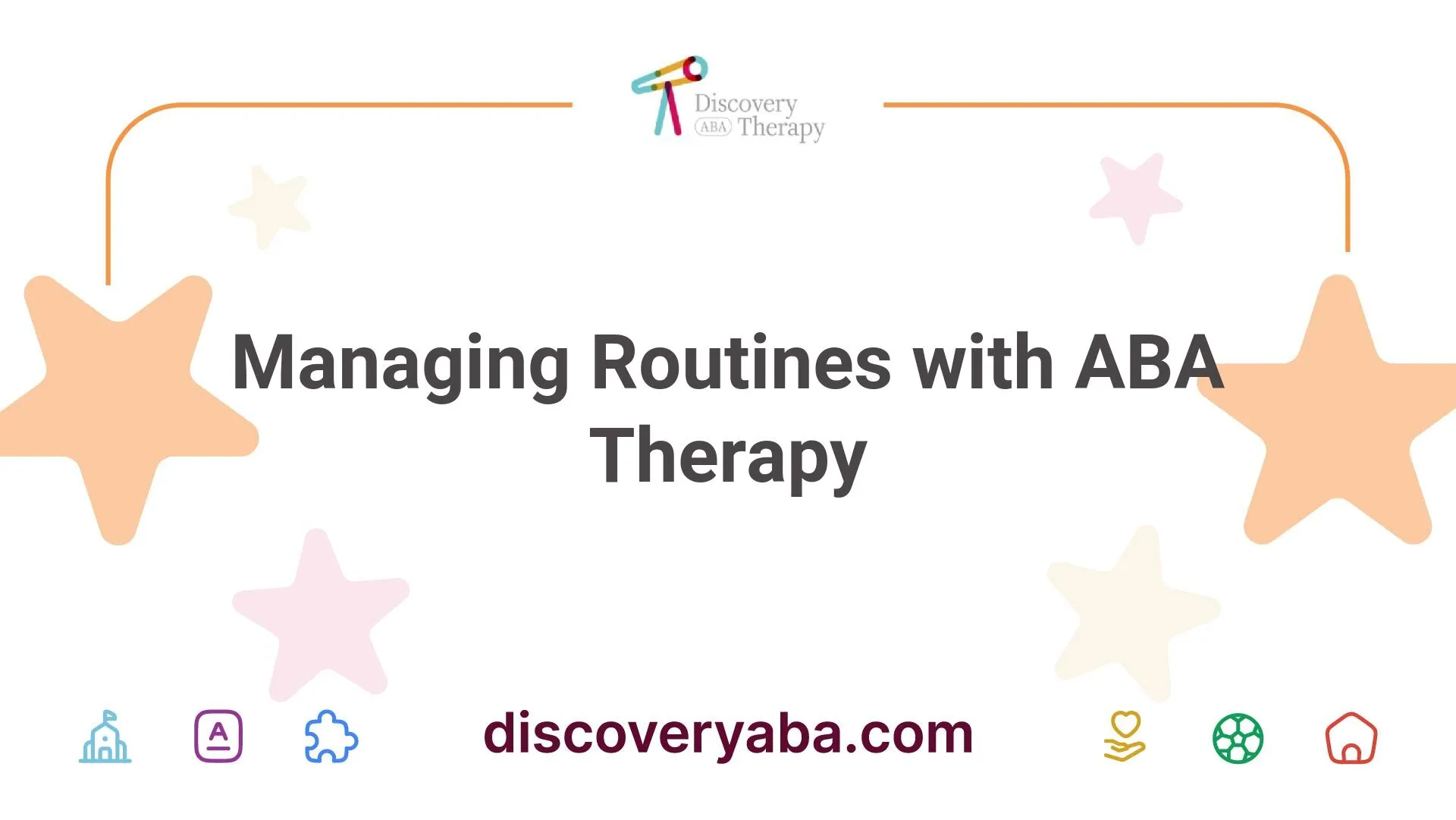
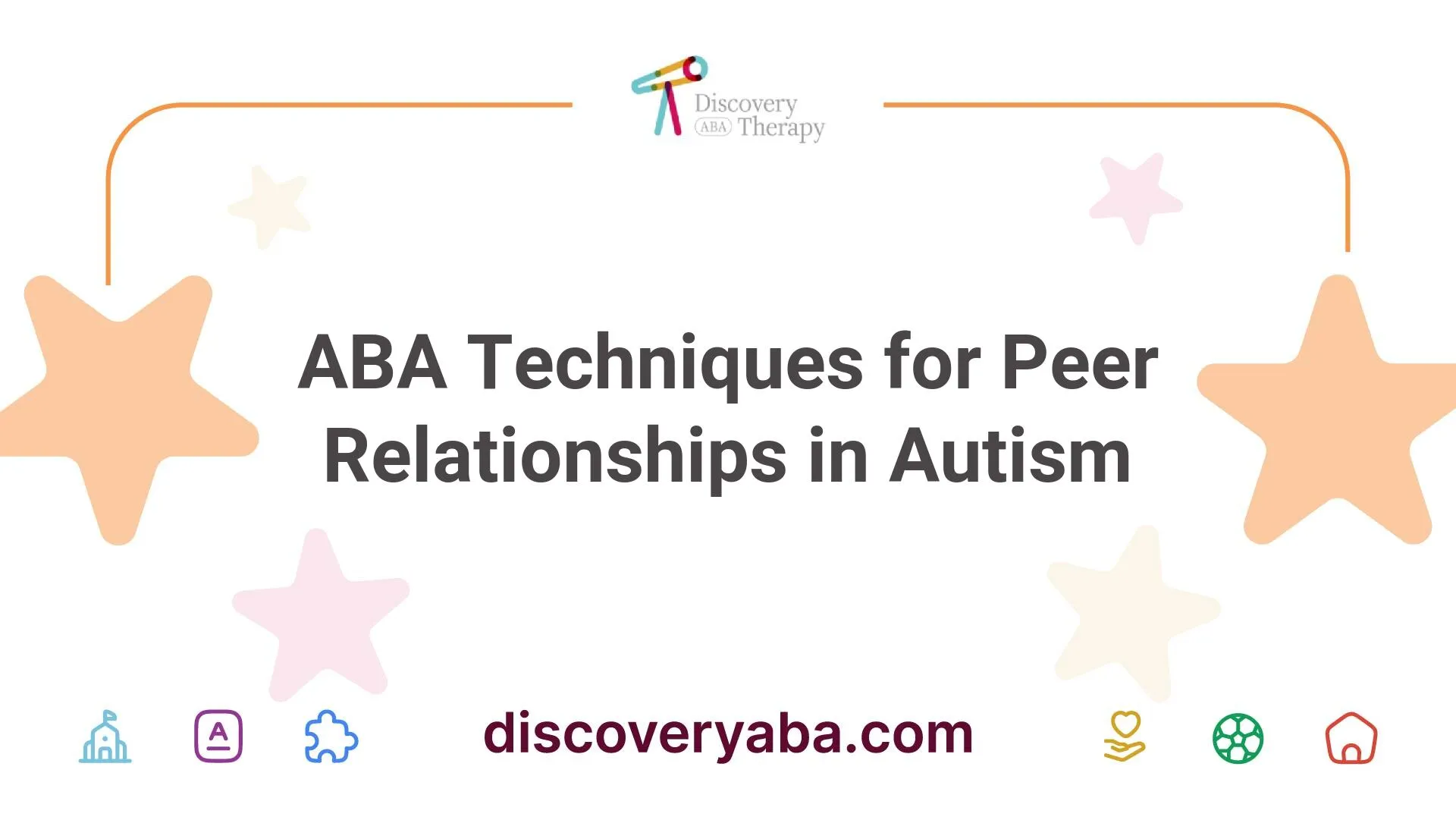




.webp)
